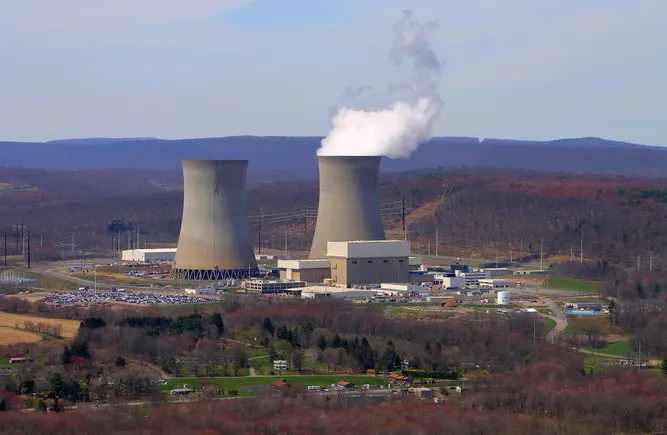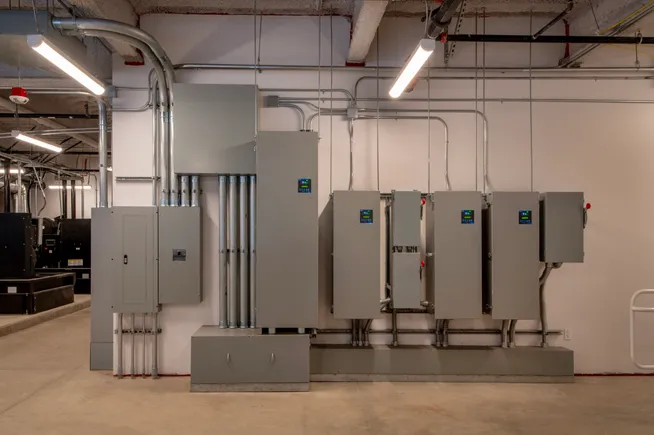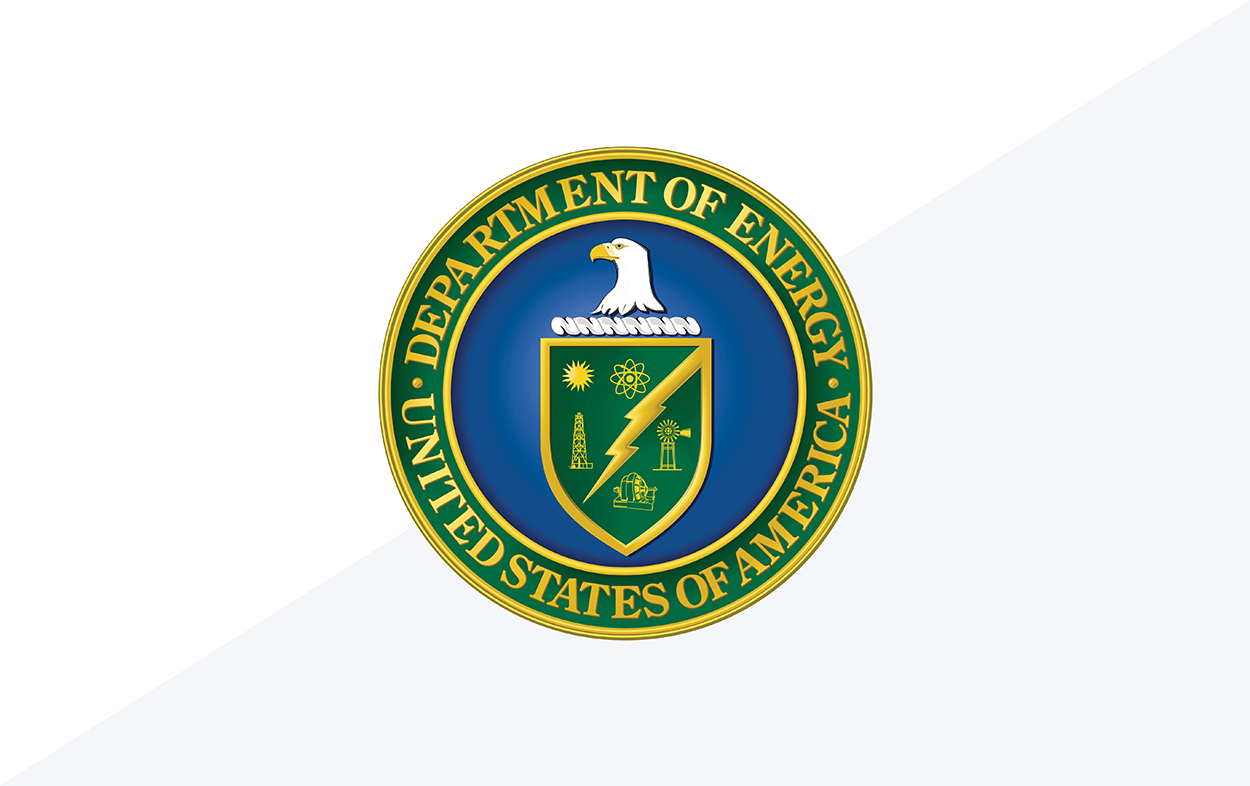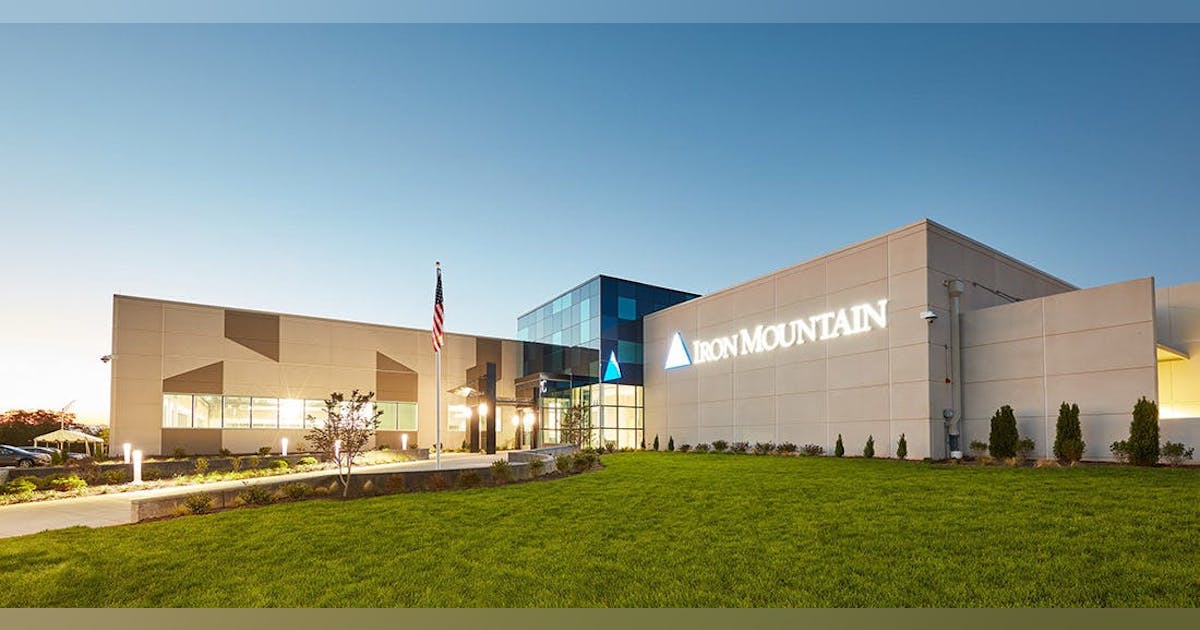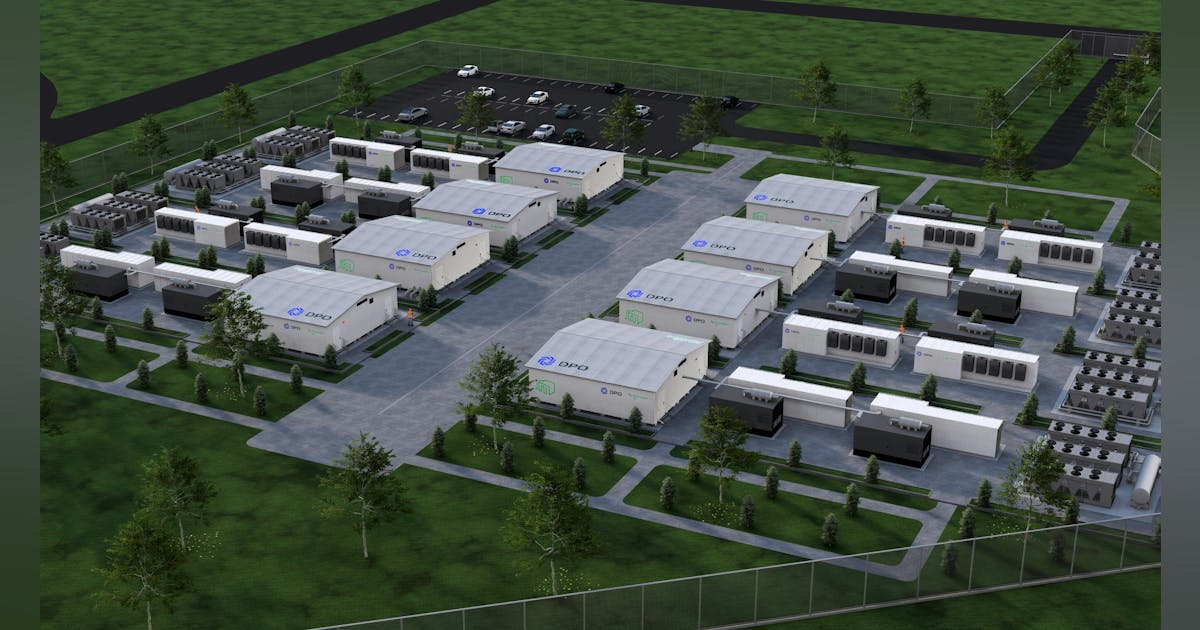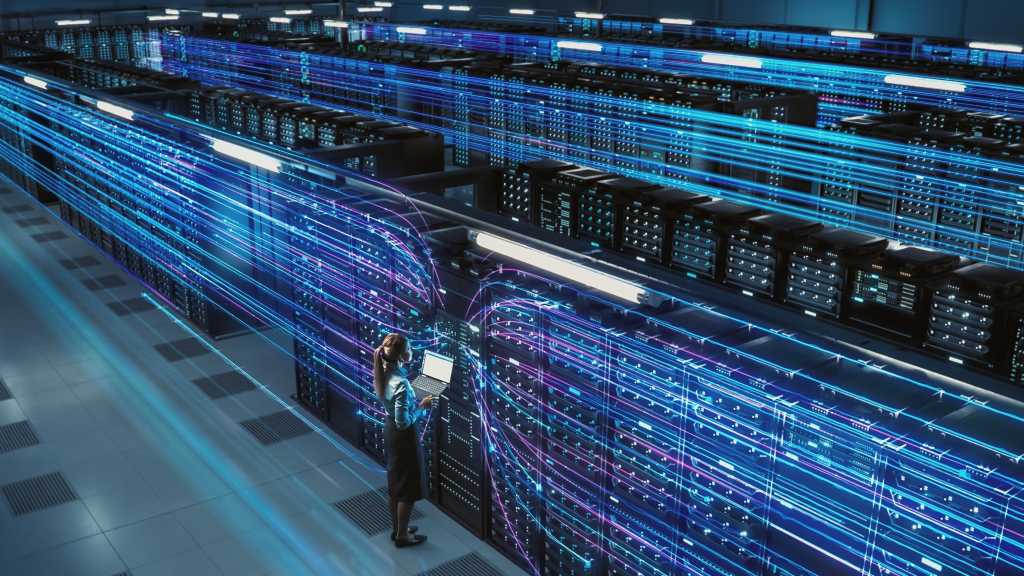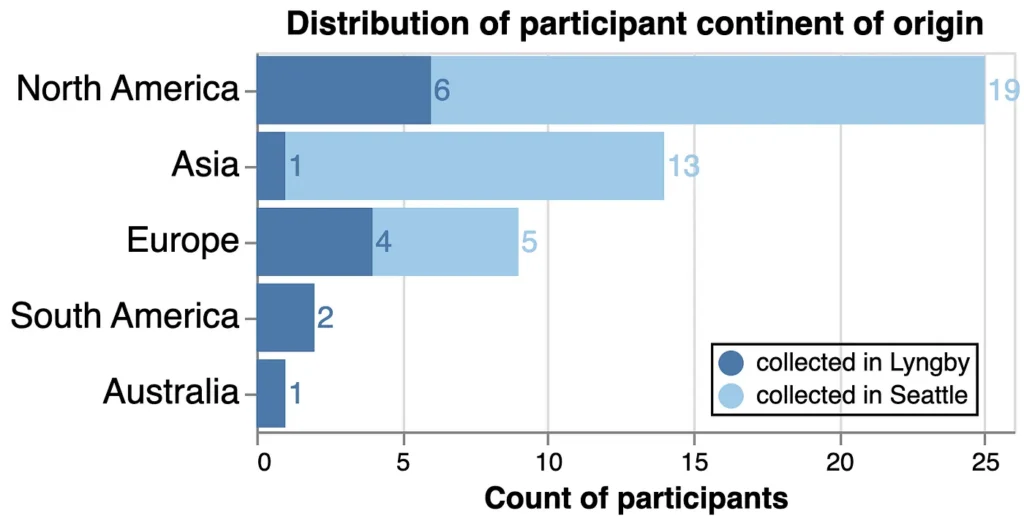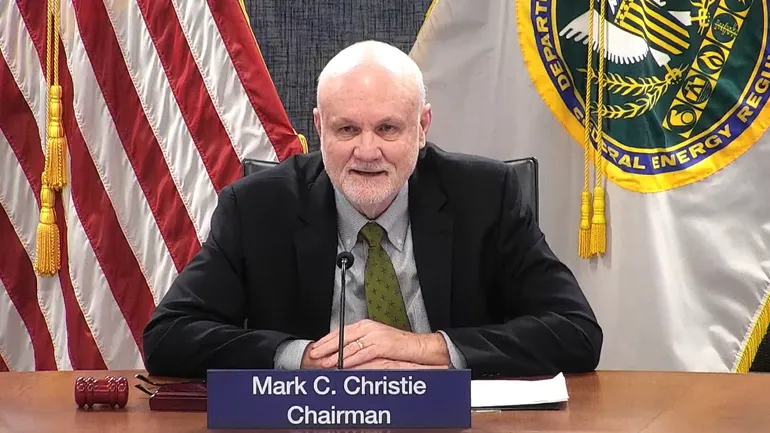
A White House executive order setting requirements for the Federal Energy Regulatory Commission and other independent agencies largely covers actions FERC already does, according to FERC Chairman Mark Christie.
“A lot of this in the EO is basically putting in one place past practices that have been going on for years,” Christie said Thursday during a media briefing.
FERC, for example, submits its budget and strategic plans to the Office of Management and Budget for review, as required by the executive order, Christie said. The agency sends major rulemakings to the OMB’s Office of Information and Regulatory Affairs for review, FERC chairmen consult with White House officials and the commission has complied with executive orders for decades, according to Christie.
Even so, Christie said he needed more information from the White House about certain aspects of the executive order. “Does this contemplate a role in proceedings outside of our ex parte rules?” Christie asked.
Also, FERC works on more than 1,000 cases a year and it is unclear if any of them would undergo some sort of review because of the executive order, according to Christie.
OMB is likely concerned about large, sweeping regulations issued by agencies, not routine cases that are initiated by third parties, Christie said.
“We’re going to ask the appropriate places for more detail and see how this plays out,” Christie said.
FERC’s activity is largely governed by the Federal Power Act, the Natural Gas Act, the Administrative Procedure Act, the National Environmental Policy Act and the Sunshine Act, Christie said. “At the end of the day, we follow the law,” he said.
The executive order includes a clause stating that nothing in the document affects existing law or the authority of an agency under existing law, Christie noted. FERC was established under the Department of Energy Organization Act.
One thing FERC commissioners never do is discuss ongoing contested cases, which would violate ex parte provisions in the Sunshine Act, Christie said. He recently talked about energy issues such as grid reliability with Department of Energy Secretary Chris Wright and Interior Department Secretary Doug Bergum, Christie said, noting consultation is “perfectly appropriate.”
An administration can file comments in FERC proceedings, Christie noted. “It has to be in the record,” he said. “It can’t be a phone call saying, ‘I want you to do this, or I want you to do that.’”
FERC’s mission to ensure a reliable grid while keeping costs as low as possible aligns with the Trump administration’s goals, according to Christie.
In response to a question about the pressure a president could bring on FERC by removing an agency chair, Christie said Congress gave the president the authority to name the chair and get rid of the chair. “They can do it with an email. It doesn’t require much paperwork,” Christie said. “So that authority is there, so that that interaction is obviously built into the relationship.”
Christie warns on special interests
On the potential for an increasingly politicized FERC, Christie said “regulatory capture” by special interests — an issue Christie raised in his dissent to FERC’s transmission planning rule — posed a bigger danger. “Special interests affect this process here at FERC all the time,” Christie said, noting lobbyists are allowed to meet with commissioners to discuss proposed regulations and agency initiatives. “We have got to make sure we’re working for the public interest and not the private special interests.”
Christie said he has explored whether FERC should set a rule that would require private meetings with commissioners to be made public.
The executive order includes a provision that bars executive branch employees from advancing an interpretation of the law as the position of the United States that contravenes the president or the attorney general’s opinion on a matter of law, including issuing regulations, guidance and positions advanced in litigation.
Christie said he didn’t see that provision as limiting a FERC commissioner’s ability to dissent from an order. The provision is likely for “big deal cases” that are going to end up in the U.S. Supreme Court, he said.







